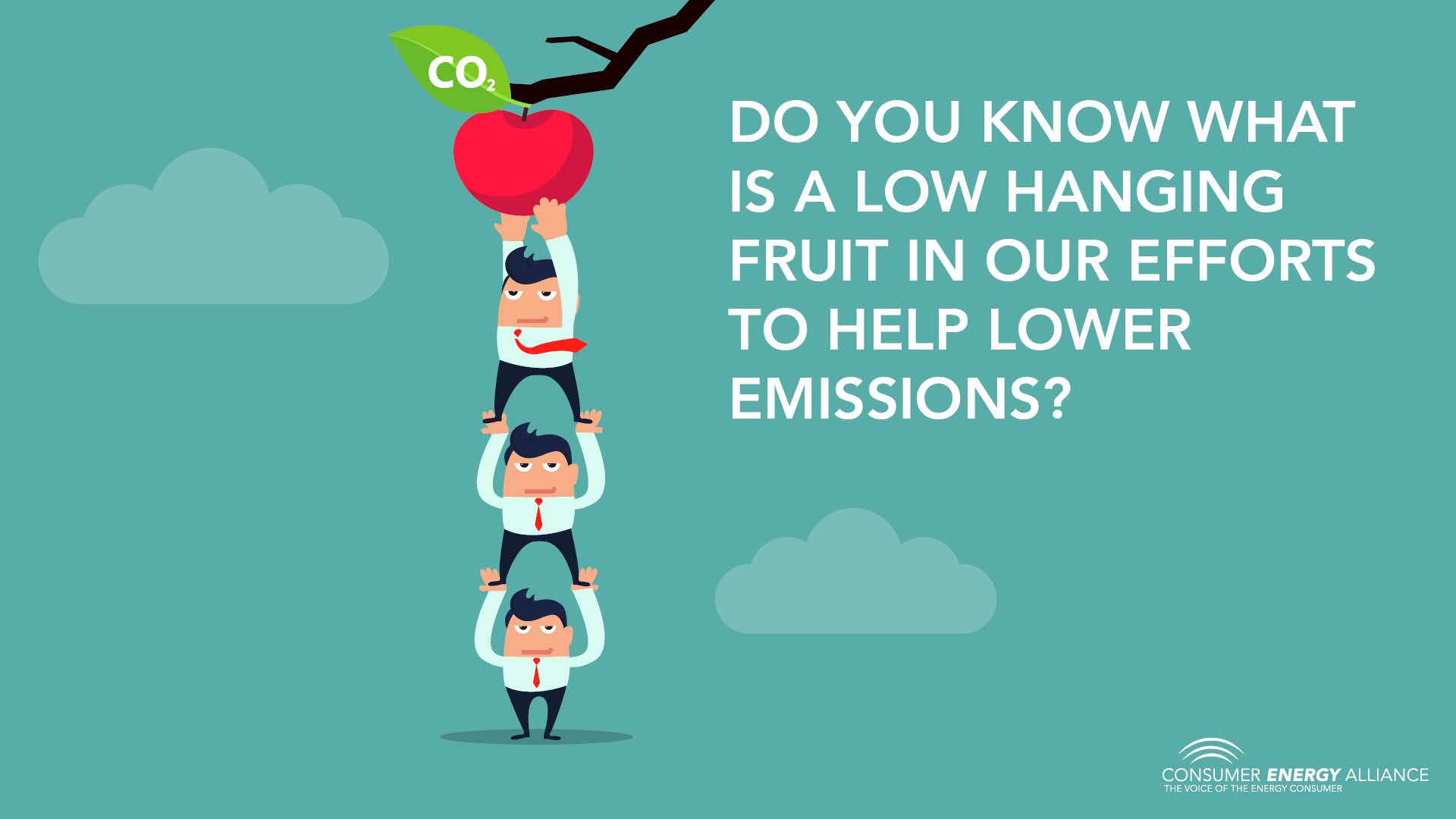Here’s the blunt truth in our fight against climate change – and it springs from global climate change experts and the International Energy Agency: The world cannot meet the Paris climate goal of 1.5 degrees Celcius reduction in rising temperatures by 2050 without locking away 1.15 billion metric tons of carbon dioxide every year. That’s nearly 30-times more CO2 than we’re managing to sequester today.
It all depends on shrinking our carbon footprint, and corralling atmospheric CO2 is essential. To reach net zero, we absolutely must speed up developing and deploying emerging technologies that take carbon and inject it permanently underground. If we do this, we can – at the same time – boost domestic oil production the world needs without damaging the environment and progressing on our multi-years-long path to meet our net zero and emissions goals.
Sounds crazy, but it’s not. What we’re talking about is squeezing net-negative emission oil from fissures deep underground by pumping carbon dioxide into the country’s countless existing oil wells. The process uses tertiary recovery to maximize production for the remaining oil in place. It’s called “enhanced oil recovery,” or EOR, and before now, that oil was too hard to get to but now it can be extracted out.
EOR holds several distinctions. It’s the largest industrial use of CO2 in the marketplace and the only carbon sequestration industry of scale. The production process also creates a net-negative barrel of oil. This happens when CO2 is reinjected after production in what the industry calls a “closed loop” process, permanently storing these emissions. The oil and gas industry is a leader in this technology and is working on using existing wells and other storage sites for CO2 containment in geologic formations around the country.

Around the world, 500,000 barrels of oil are produced using EOR, roughly 20 percent of total oil production, according to the International Energy Agency’s new global database. These barrels help to further reduce emissions for industries like aviation, trucking, and maritime that rely on a liquid molecule of fuel to operate.
Congress has encouraged this EOR production. The result: the largest industry today that sequesters CO2 while also producing net-negative carbon-emitting oil. However, to make CO2-EOR economically feasible to undertake such inventive climate cleanup will require Congress must give the same industrial carbon credit used in EOR, as the credit given for storing the CO2 safely underground.
Specifically, the Senate must increase the House-passed 45Q credit value for captured CO2 used in EOR to the same level it provides for captured CO2 taken to dedicated storage: $85/metric ton for both.
If we do this, we can – at the same time – boost domestic oil production the world needs without damaging the environment and progressing on our multi-years-long path to meet our net zero and emissions targets under the Paris climate goals. Why? Because large-scale industrial CO2 storage sites plus new CO2 pipelines will take some time to build out. But CO2-related EOR projects are a nearer-term mitigation strategy and a technology push program that will incentivize research and development that could commercialize carbon capture on a large scale. Not only does EOR from existing wells help us deliver needed world oil supplies that are net carbon negative to the public and hard-to-decarbonize sectors, but it helps us start reducing emissions now.
If we do this, we can make the progress we require on our multi-year-long path to meet our net zero and emissions goals.

